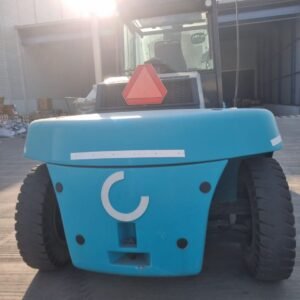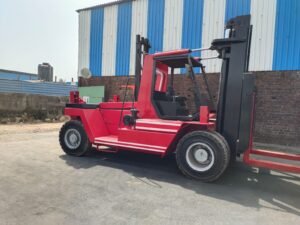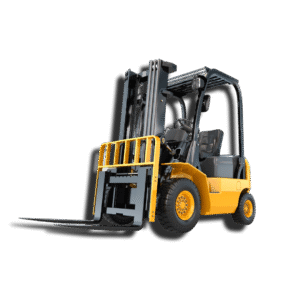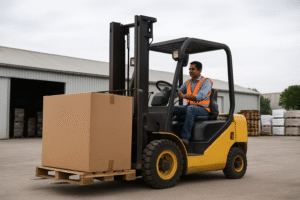There are many small and medium size companies which prefer used forklifts over a brand new one due to high cost and some other external factors.
While buying a used forklift its very important for your business to buy a right forklift at a right price.
In recent years, India has seen a significant rise in the number of diesel and battery operated forklifts being sold by local traders which are not fit hence having a risk of breakdown which could lead to loss of work and lower productivity and high maintenance bills.
While the used forklift dealers should adhere to a strict Code of Practice, ensuring honesty and integrity, sadly it’s not always practised hence even a good refurbisher of forklifts also bears the brunt of being dishonest and loss of business.
We had regularly heard stories of customers complaining about forklift bought is not fit for purpose or are faulty.
Shop smart
Following agenda to be followed for a wise purchase
Visual inspection first: – Do a thorough visual inspection of the forklift first check the paints, tyre condition, seat , fork condition , leakages if any and wiring. Once the visual inspection has been done second you should do the following checkups..
Engine and Gear: – Start the engine (It should generally start in a single self) open the engine compartment and check for any leaks, dirt build-up or cracks on hoses. Check the oil levels both engine, hydraulic and transmission, note the level of the oil on the dipstick, and also look at the condition of the oil. Check that belts are tight and not worn or cracked. Inspect the air filter and make sure it is clean. If you are inspecting an electric forklift, check that all battery connections are in good condition. If the machine is LPG, check integrity of tank, its brackets and bolts once you’ve finished your engine compartment inspection. Move to the rear of the forklift and look at the exhaust guard, noting any damage. Also check that the counterweight bolts are securely in placed.
Run the forklift on the road in case of battery operated forklifts take a test in the warehouse itself. While running the forklifts keep a note on the exhaust pipe for unnecessary fumes if any, also check the pickup and strength of the transmission and motors in case of battery forklifts. Do a load test according to the load chart this would give you a fair idea about its hydraulic parts.
Mast and Trolley: – Start from the forks, continue your forklift inspection by looking at the mast rails, again checking for any cracks or welds that could affect the mast structural integrity. Look for signs of excessive wear on mast rollers - such as a compressed oval shape rather than a round shape. After inspecting the rollers, follow the length of the lift chains, noting any damaged/missing links or anchor pins. Inspect the hoses running parallel to the chains for any indication of leaking hydraulic fluid. Check both hoses and lift chains for equal tension distribution as well. Follow the length of chains and hoses to the tilt cylinders attached to the forklift carriage, again looking for any signs of damage or leaks and for missing or insecure bolts.
Documentation:- Finally check all the documents of the machine like weather the machine is registered or not , taxes and insurance has been up to date , ask a photocopy of sellers purchase invoice if possible.
Once the above tests performed on any forklift it would give you a fair idea about the condition of the forklifts and its actual market value and then its up to you to decide at what price to buy the machine.
In this way together we could make the forklift market safer for buyers and worksites across India.
By,
Hussain Khan ( Business Head)
Bharat Lifter





